Welcome to SPEED. This episode on Spotify and Apple Podcasts.
Chris and Hamish McKenzie started Substack in 2017, after Chris wrote a manifesto on everything wrong with the internet. They got started that summer, went through YC, and partnered with Fifty Years. Since then they’ve connected thousands of writers to more than a million paid subscribers.
Substack is a global brand, and so popular that we’ve heard folks say “I saw it on a Substack” when referring to a non-substack email newsletter. They’ve launched >20 major features and iterated on dozens more. Substack got to 7k subscribers in the first few months of the company, and has 3X’d paid subscribers every single year.
How they did it:
1. Contact with reality
They relentlessly use fast feedback loops to learn from a feature’s performance with users.
For author recommendations, the first learnings came in from interviews the same day they had the idea. They built an MVP in a week, and signups took off.
Contact with reality is compounding. Each learning informs the next, and so a company that learns twice as fast discovers new pain points and great features more than 2x faster.
Key questions to ask yourself:
Is the story you told yourself becoming true?
Are the constituent pieces working?
2. Setting key incentives
SubStack doesn’t lock in authors to contracts, so it’s easy for authors to leave and host a newsletter elsewhere. This setup obviously has risks. But this structure forces the Substack team to constantly ask “How can we create value for our writers?”
This means the Substack team has a higher level of focus when writers offer feedback.
Even simple features like a Twitter integration or gifting a subscription come with an unspoken agreement - that Substack will keep creating value for writers, or writers will leave.
3. Hiring for speed
Before hiring a new person, they make it clear their level and flavor of ambition are not for everyone. This enables people to opt-out early. This requires more interviews but ultimately means team members all feel the urgency required to move fast.
Chris interviews for speed by looking for past examples of ‘itchiness’ as a predictor of contact-with-reality speed. While listening for experiences that demonstrate skills, they look for examples where folks tried to short-circuit processes or get contact with reality faster.
If you or a friend are starting a company in climate, health, free speech, or another important problem area, reach out! We’d love to help you realize your vision for improving the world. Consider this a warm intro.


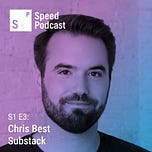



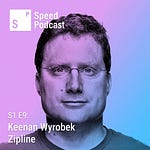
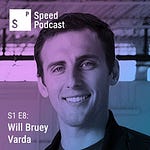


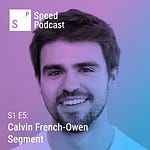
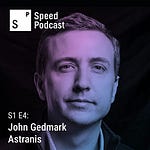
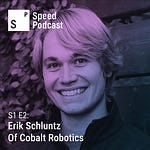
Share this post